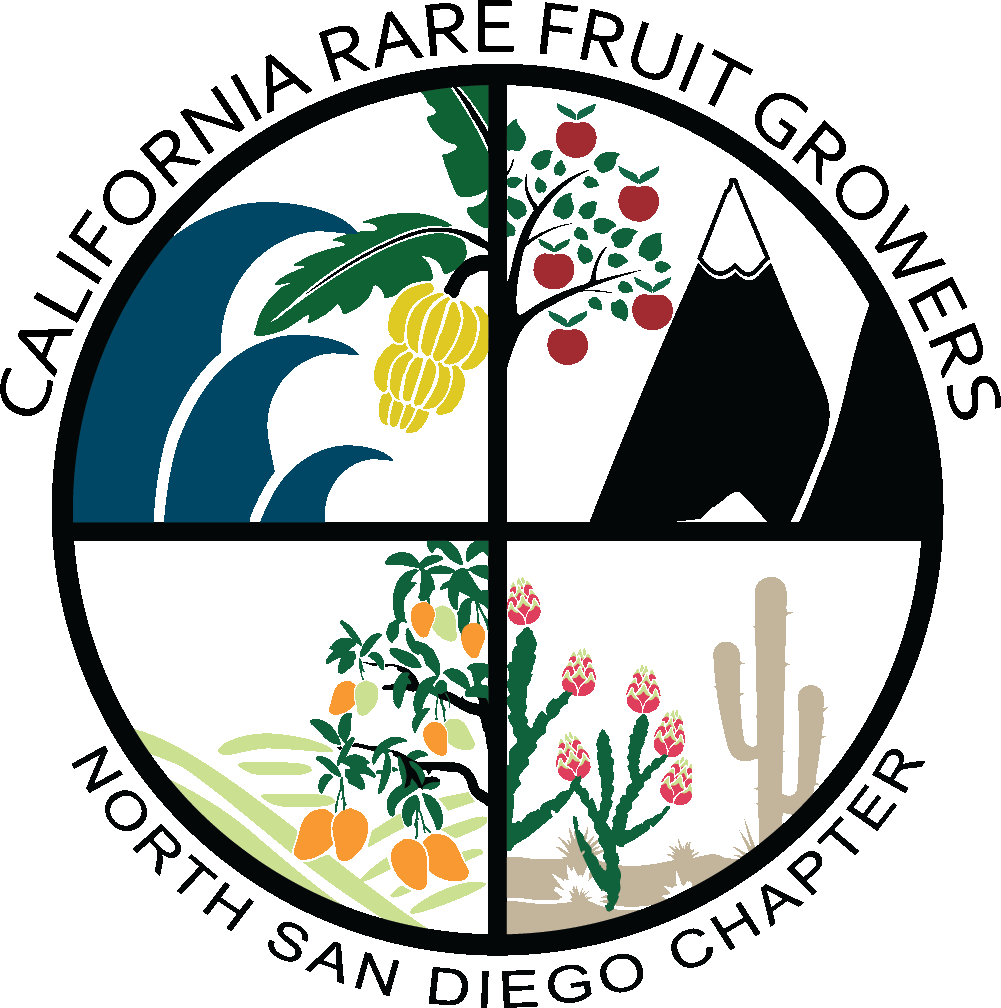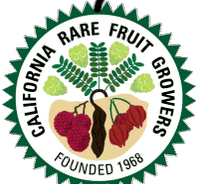

Past Events
November Chapter Meeting: California Avocados, a Delicious History
Our November speaker, Rob Crisell, led us on a tour of the history of avocados in California, a topic he was drawn to after realizing there were no history books about California avocados. So he wrote one!
Rob spoke humorously and eloquently about how Vista became the home of the Calavo brand (CALifornia + AVOcado), and how Fallbrook became the "Avocado Capital of the World." He explored the regional and economic history of avocados, and shared stories about the influential avocado growers and packers who shaped the California avocado industry.
His web site, sharing his love of Shakespeare and avocados, can be found at https://robcrisell.com/




